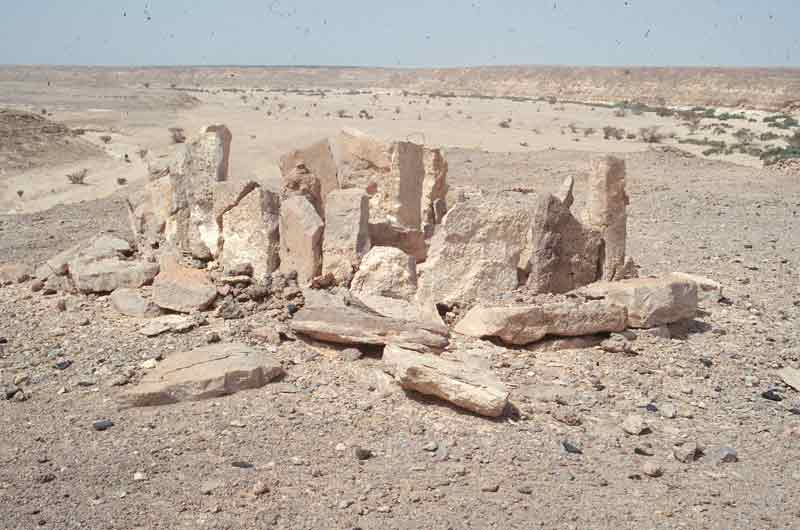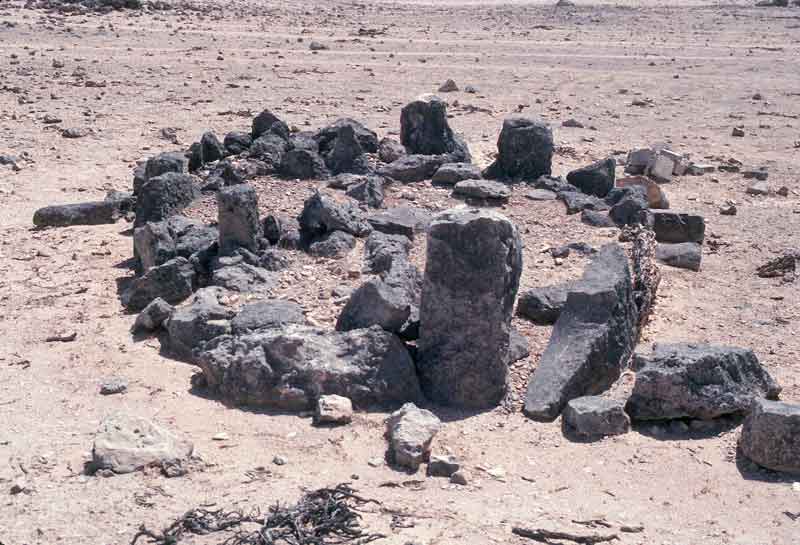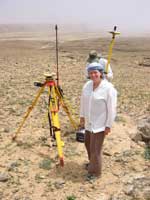Both South Arabia and Northern Oman have been the focal point of past intensive archaeological research. Previous investigations in the Land of Incense have been sporadic at best. The Archaeology Fund has established a detailed research program both in Omani Dhofar and Yemeni Mahra. These investigations encompass the last ten thousand years.
|
|
 Neolithic
The Early Holocene populations of South Arabia took advantage of optimal climatic conditions within the penninsula. Large scale lithic assemblages appear to link South Arabia to its central and northern neighbors. To what extent incense products were traded along established trade networks remains speculative. |
|
 Bronze Age
The Bronze Age of South Arabia has clear trade links both with their larger neighbors to the east and west, Egypt and Mesoppotamia. To what extent the Bronze Age complex discovered for the first time in South Arabia was a major player in Arabian history remains to be determined. |
|
 Iron Age
The incense lands of South Arabia appear clearly for the first time on the pages of history. The recent work of the Archaeology Fund has helped shed light and a larger sociopolitical conditions of both this region and their neighbors. |
|
 Islamic Period
Both archaeological and historic data shed light on the vibrant Islamic past of the region. Local data from the Abbasid period onwards links South Arabia with the larger Islamic world of the Northern Indian Ocean. |
|

Recent Digital/Cartographic Procedures
Recent Digital/Cartographic procedures have revolutionized pre-field, field, and post field data assimilation and analysis. Detailed studies involving the incense region have been greatly enhanced by digital GIS, GPS, and CAD applications. |